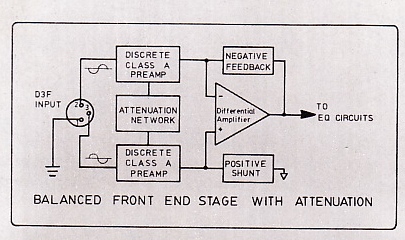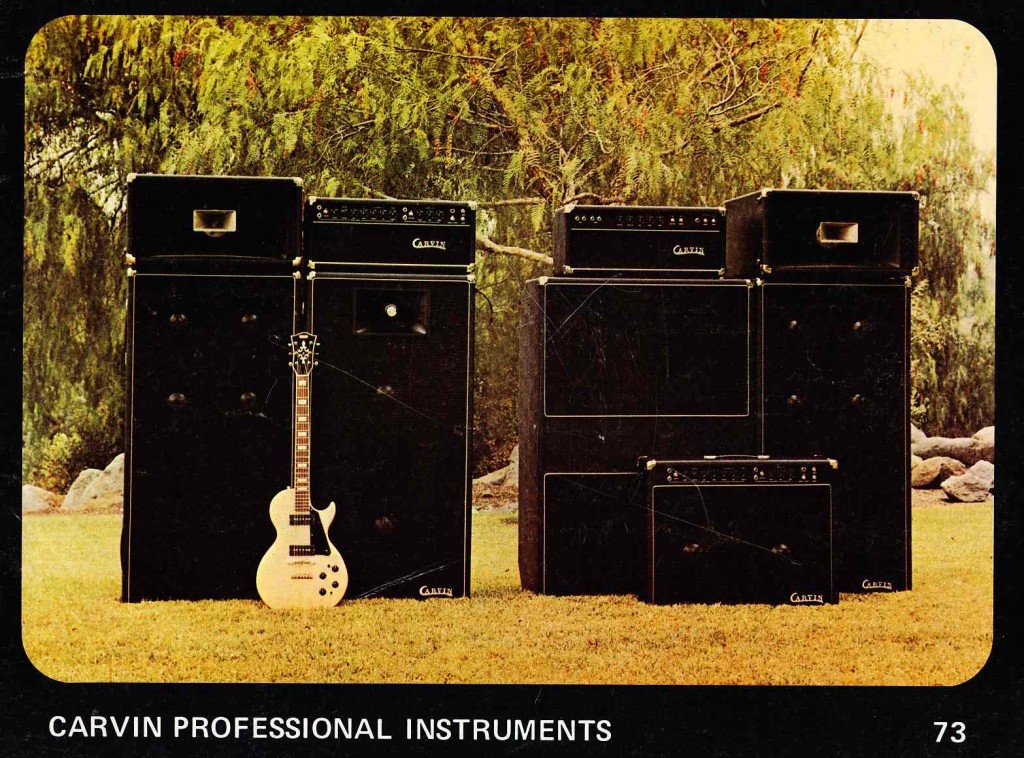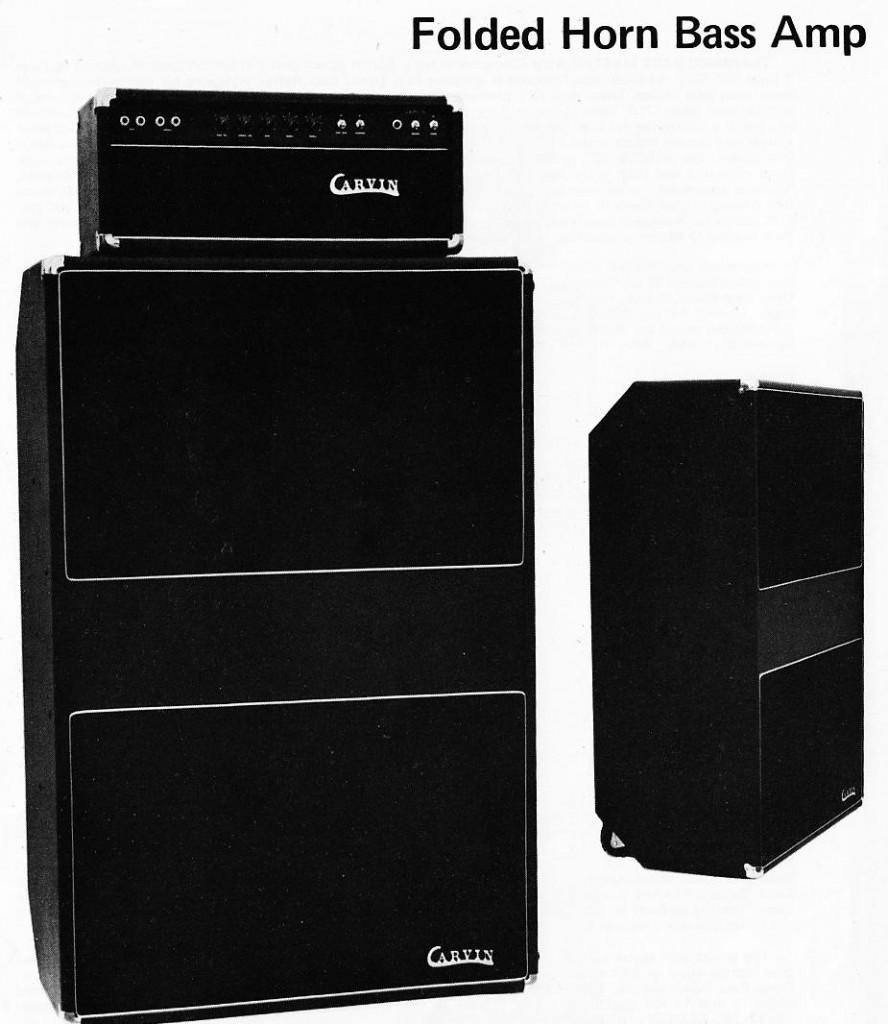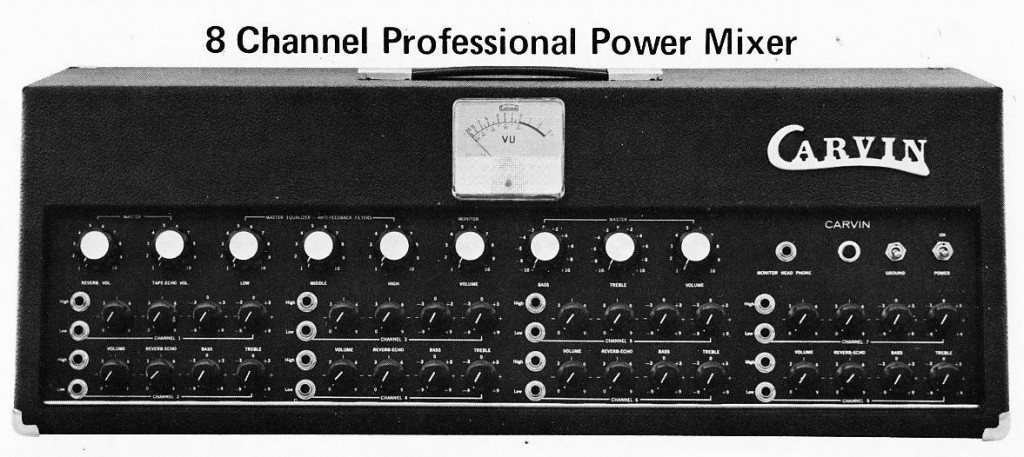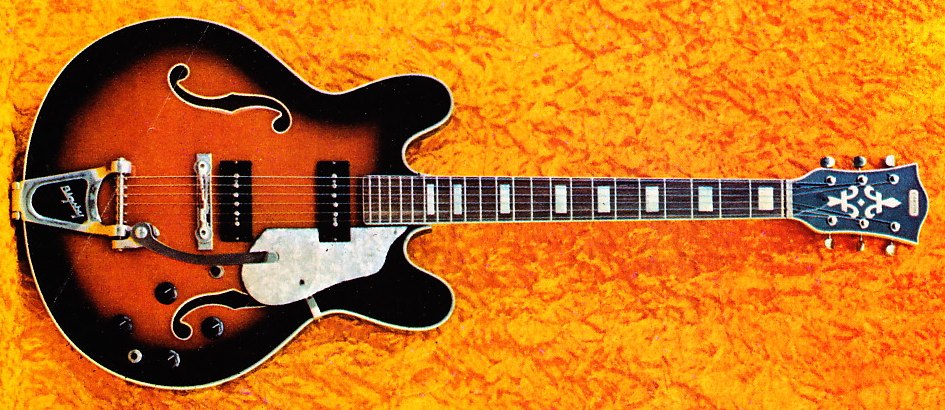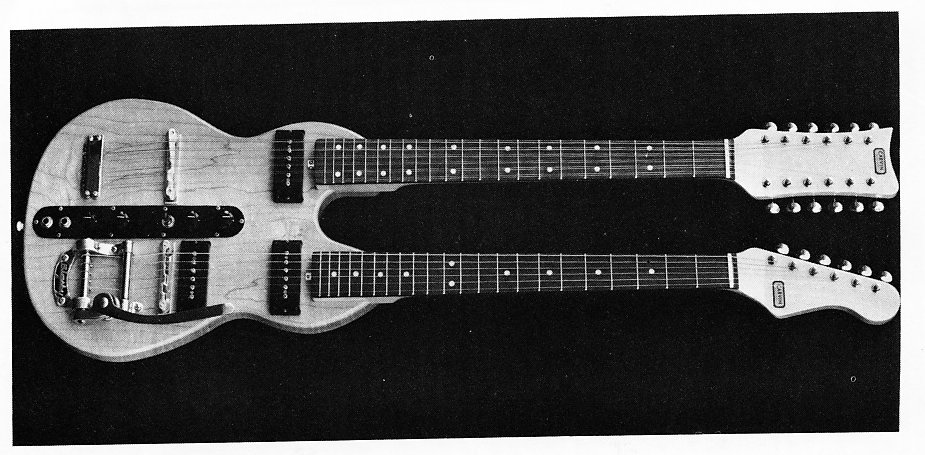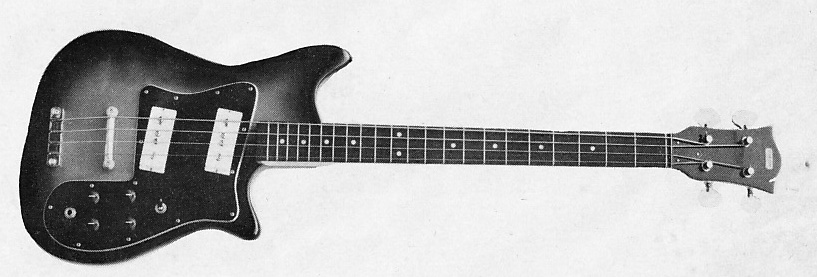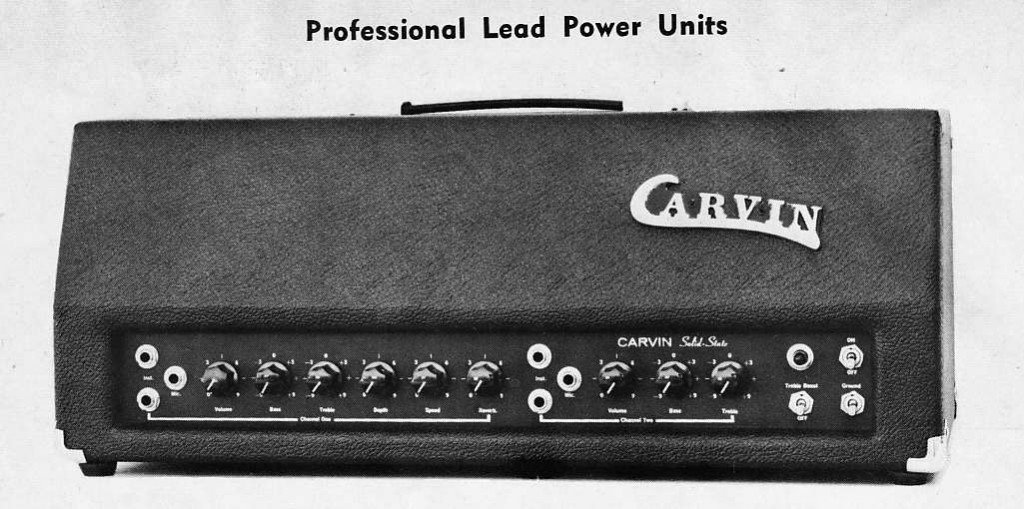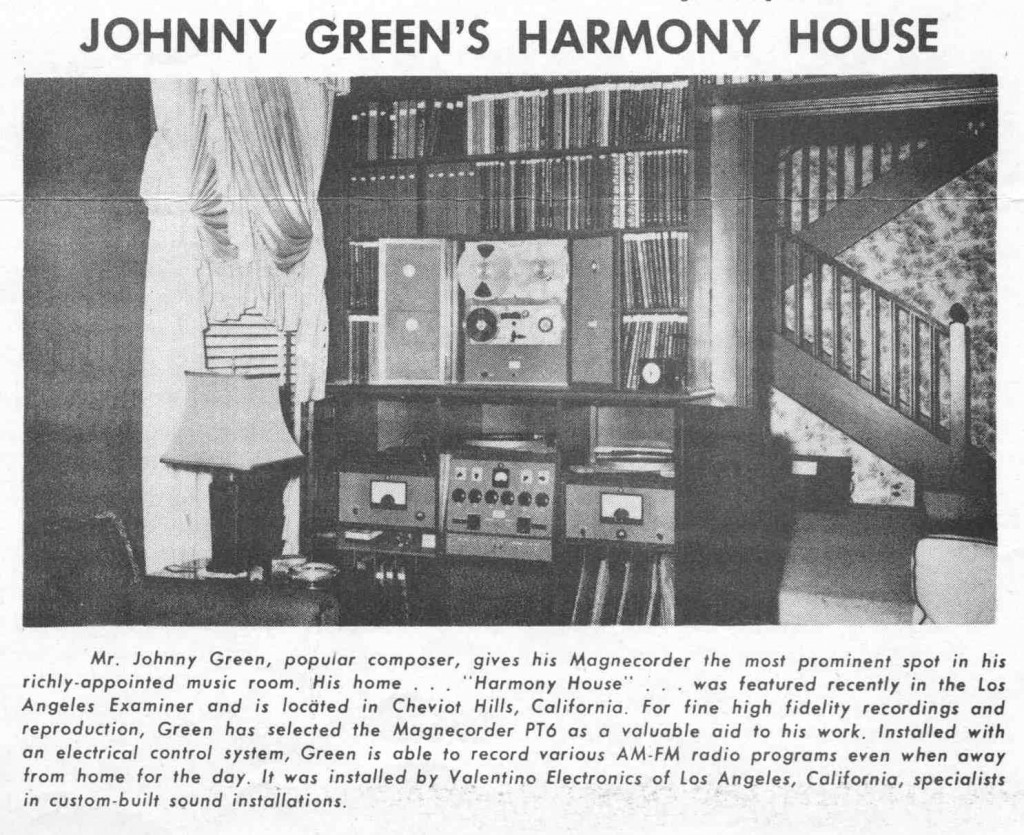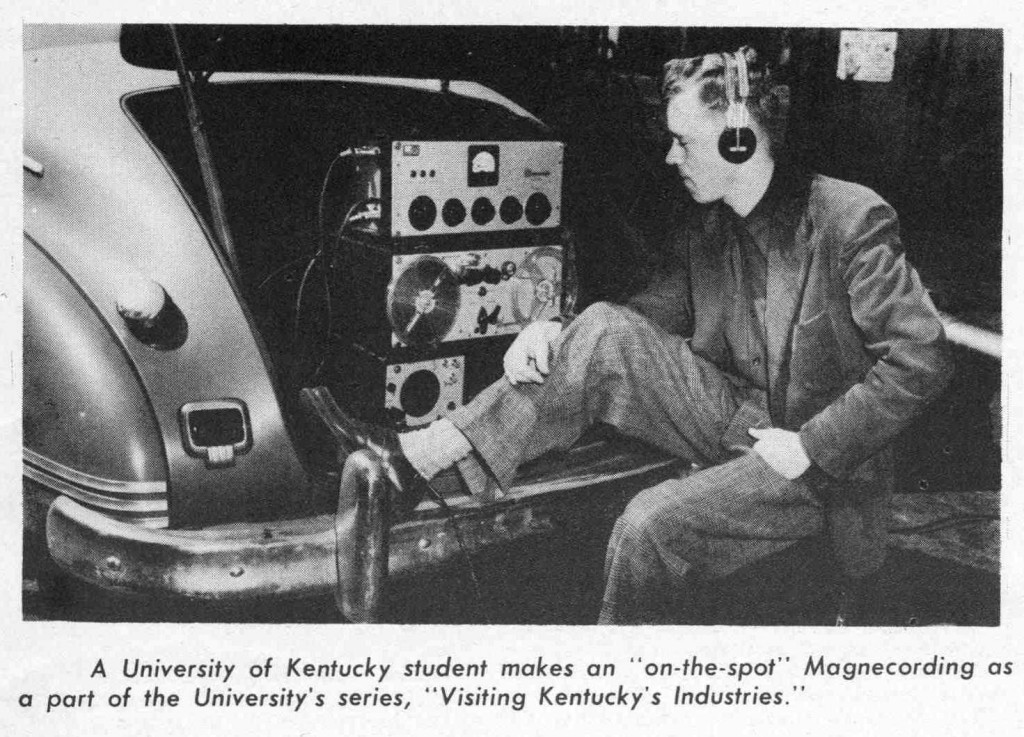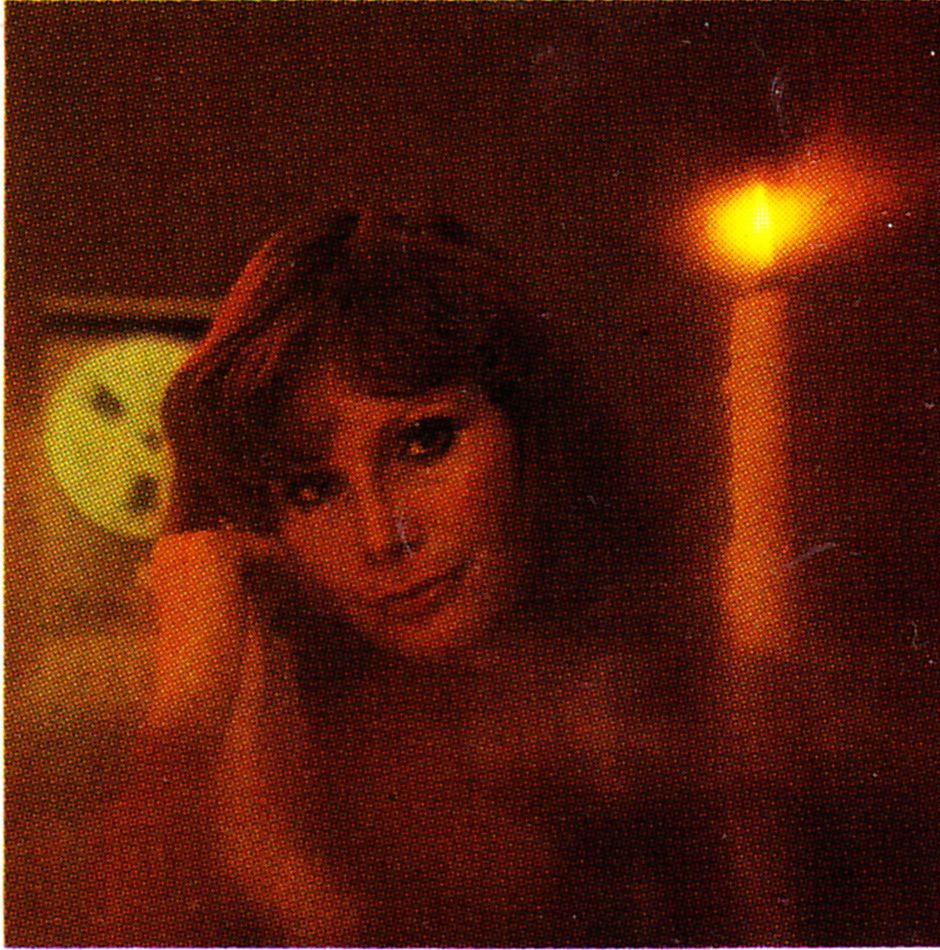 “Electric Rock” (Pyramid Communications, 1971, 224pp) was written by Richard Robinson. It’s a small paperback volume, mainly text, which offers an assessment of hundreds of the guitars, basses, amplifiers, and PA equipment that were available to the American public in 1971.
“Electric Rock” (Pyramid Communications, 1971, 224pp) was written by Richard Robinson. It’s a small paperback volume, mainly text, which offers an assessment of hundreds of the guitars, basses, amplifiers, and PA equipment that were available to the American public in 1971.
 There is also ample text devoted to basic explanations of subjects such as ‘What is a piggyback amp?’
There is also ample text devoted to basic explanations of subjects such as ‘What is a piggyback amp?’
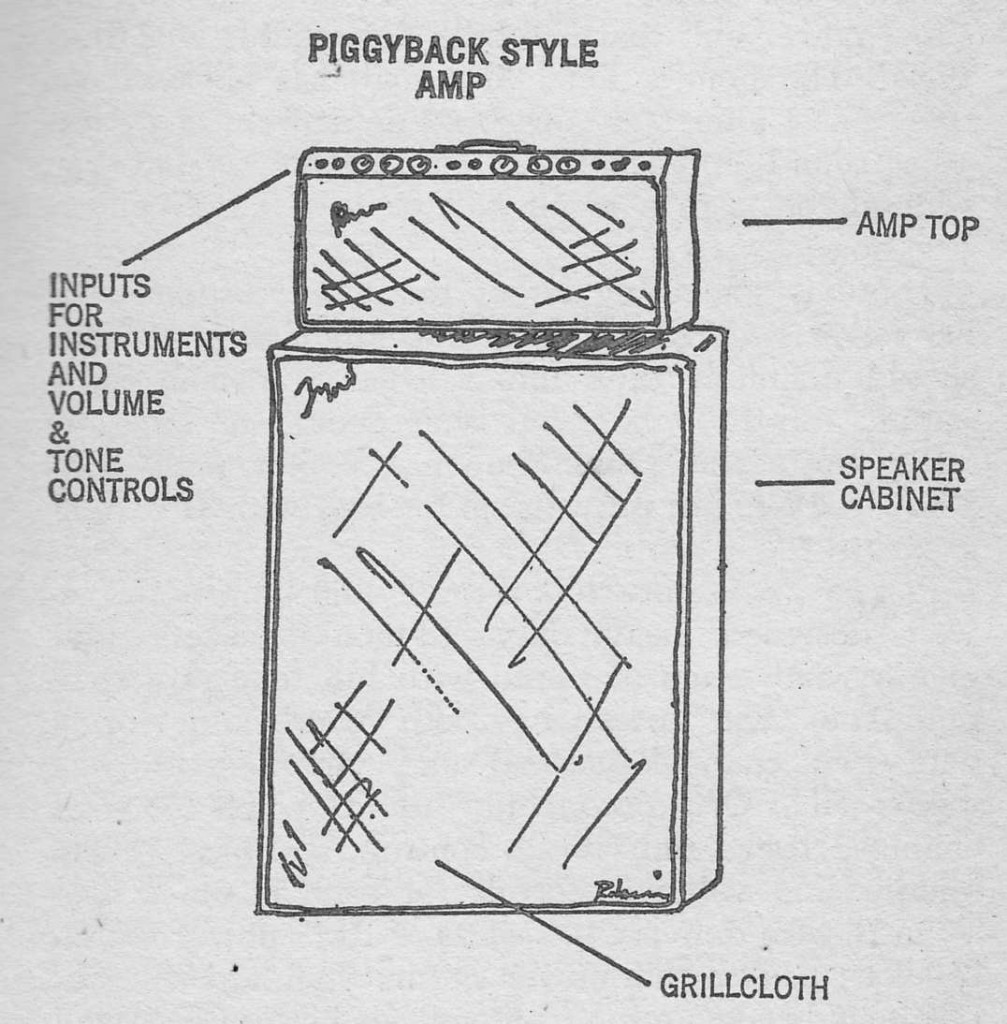 And in case you were wondering:
And in case you were wondering:
 Try saying “The Shape Most Often Used For Rock Is Darkened In” 10 times. It will assume a mantra-like quality. And then you will know the shape of rock (darkened in). “Electric Rock” is filled with plenty of such slightly-off prose. It’s written in a circa ’70- streetwise-hipster voice, and this is not at all surprising once you learn a little about the author. Richard Robinson is a fascinating character. His slightly mean-spirited AllMusic profile tells most of the story. RR is most famous for co-founding ‘Rock Scene’ magazine and for producing Lou Reed’s unsuccessful first solo album. But he also produced a few of my personal favorite records of the era. Check these tracks out…
Try saying “The Shape Most Often Used For Rock Is Darkened In” 10 times. It will assume a mantra-like quality. And then you will know the shape of rock (darkened in). “Electric Rock” is filled with plenty of such slightly-off prose. It’s written in a circa ’70- streetwise-hipster voice, and this is not at all surprising once you learn a little about the author. Richard Robinson is a fascinating character. His slightly mean-spirited AllMusic profile tells most of the story. RR is most famous for co-founding ‘Rock Scene’ magazine and for producing Lou Reed’s unsuccessful first solo album. But he also produced a few of my personal favorite records of the era. Check these tracks out…
Teenage Head by the Flaming Groovies
Sifting Around In a Haze by Andy Zwerling: 06 Sifting Around In A Haze
Anyhow. Point is, RR had his finger on the pulse of a lot of music which would never amount to much commercially, but which has very much stood the test of time artistically. Kinda like… Reed’s first band the Velvet Underground. Pretty interesting… this guy definitely knew what he was doing.
In case you’re wondering what ever happened to Richard Robinson, well… apparently, here he is in 2007. Different line of work. Life is funny, huh? RR, if you are still out there, drop us a line.
Oh BTW one more thing to add about “Electric Rock”: Lenny Kaye wrote the forward. The-Lenny-Kaye as in, created ‘Nuggets‘ (basically the holy canon of Garage Rock) and also plays guitar (since the ’70s) for Patti Smith.
Check out ‘Electric Rock.’ One copy currently available at Amazon dot com.




